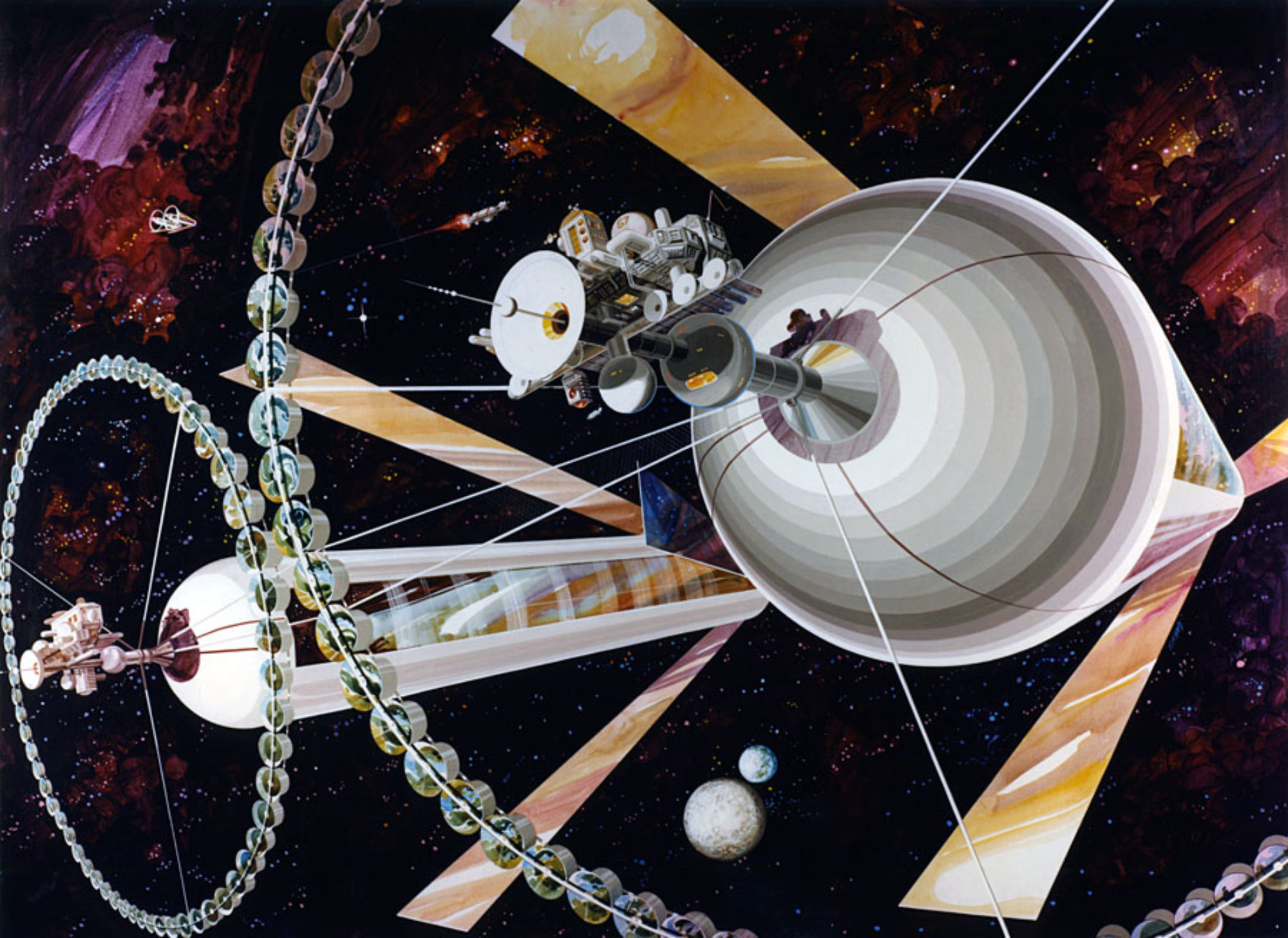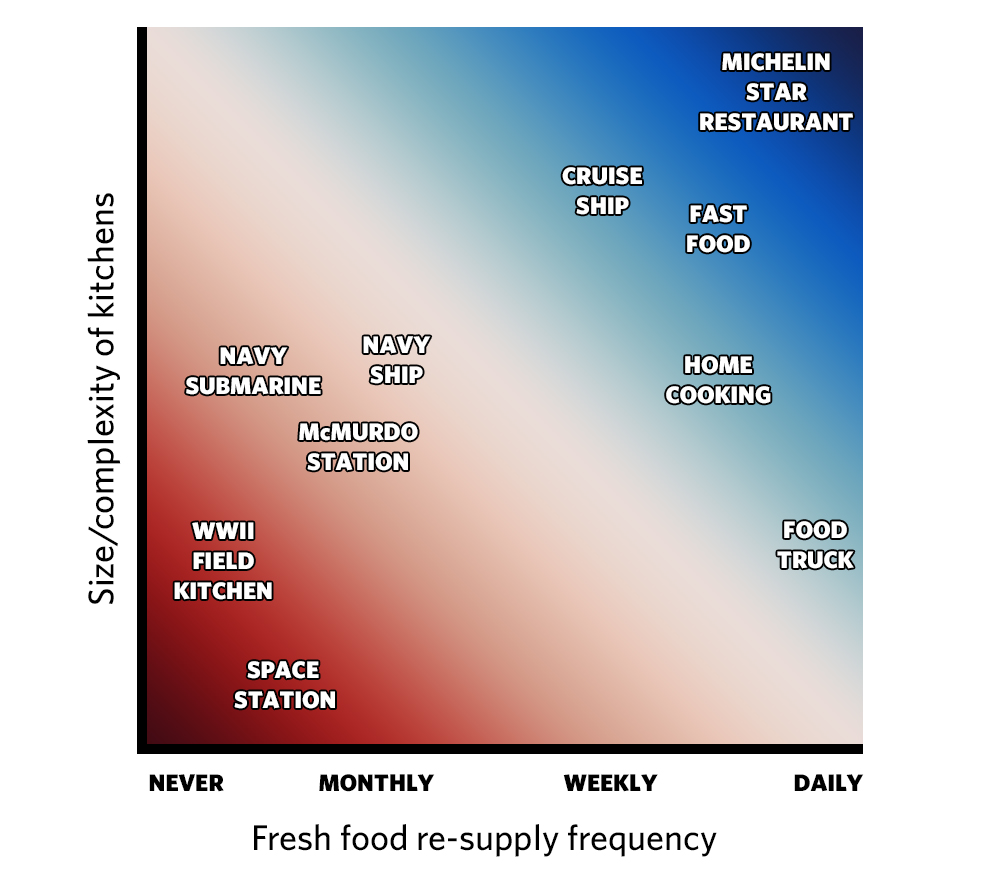
Development of the methods for in situ resource utilization on Mars requires validation ahead of time. Making durable and useful ceramics is one such material processing technique that would be valuable. In a paper just posted on the arXiv preprint server to be published in the journal Open Ceramics, David Karl at the Technische Universitaet Berlin and others* present findings on a study of such methods using Mars global simulants (MGS) as a proxy for clay on the Red Planet. These simulants, provided by Kevin Cannon’s Center for Asteroid and Lunar Surface Science (CLASS) Exolith Lab at the University of Central Florida, deliver superior strength when compared to other ISRU materials, as mentioned in a recent Tweet by Cannon.
The paper also documents the results of a sophisticated additive manufacturing technique called layerwise slurry deposition (LSD) using the MGS. As mentioned in the paper’s Introduction, “To highlight the importance of clay as a medium for human civilizations and thought (along with illustrating the usefulness of the unfired/fired concept, as cuneiform tablets are found in unfired as well as fired state), cuneiform tablets from 3D scans were reproduced as inspirational artifacts, illustrating the excellent LSD printing resolution”.

___________
* D. Karl, F. Kamutzki, P. Lima, A. Gili, T. Duminy, A. Zocca, J. Günster,A. Gurlo, Sintering of ceramics for clay in situ resource utilization on Mars, Open Ceramics, https://doi.org/10.1016/j.oceram.2020.100008.











